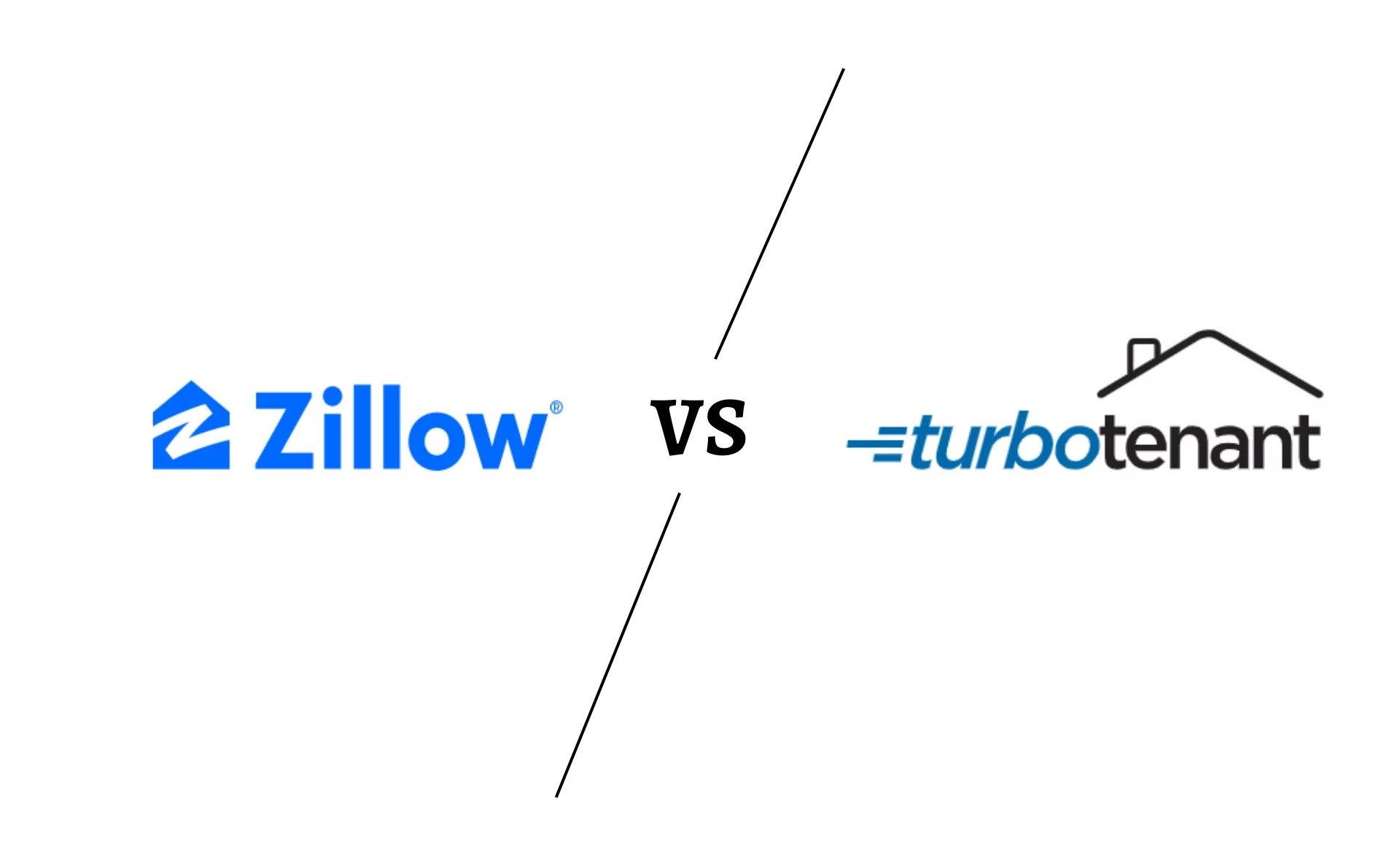As a landlord, collecting a security deposit for every property you rent is a great way to protect your assets. However, you must follow state laws for security deposit returns, determine what damages are considered normal wear and tear, and deduct the appropriate amount from your tenant’s security deposit when they move out.
It’s important to properly inform your tenant about the costs you’re deducting from their deposit. To do this, you need to provide a detailed security deposit disposition form.
In this article, we’ll tell you everything you need to know about using a security deposit disposition form. We’ll also explain when to use this form and provide examples of charges you can deduct from the security deposit.
What is a security deposit disposition form?
A security deposit disposition form (also known as a security deposit deduction form) is a record of the expenses being deducted from your tenant’s deposit. It details the amount deducted, the reasons for covered damages, and the remaining balance due (if any) when you return the security deposit.
When to use a security deposit statement form?
Most states require this form whenever you use a security deposit to cover unpaid rent or damages that go beyond normal wear and tear. It’s usually accompanied by a security deposit return letter that tells a tenant if and when you’re returning their deposit.
If your tenant wants to dispute any of the costs, the security deposit disposition form provides a record of repair costs and an itemized list of deductions from their deposit to return the rental unit back to its original condition.
What to include in a security deposits disposition form?
Every security deposit disposition form contains basic elements that help the tenant understand the charges you’re deducting from their deposit.
Date and identifying information
For starters, a security deposit disposition letter should include the date and information that identifies the tenant, you as the landlord, and the property. This includes:
- Name of tenant(s) and landlord
- Property address
- Rental agreement period
Disposition of security deposit funds
The repair deduction form must explicitly outline the deductions from the tenant’s security deposit. The first section of the security deposit disposition form should state the original security deposit amount and how much is being deducted.
Next is the disposition of security deposit funds. In other words, the cost breakdown and description of the deductions. This security deposit deductions list can include:
- Repair damages
- Cleaning of premises
- Repair or replacement of lost furnishings
- Other charges owed (unpaid rent, late fees, court costs, etc.)
To make the process a little easier, download our free security deposit disposition form template.
What can a landlords deduct from a security deposit?
Expenses in a security deposit disposition form can include:
- Carpet stains
- Broken windows, locks, frames, electric outlets, and window sills
- Excessive dirt, contaminants, and other waste left behind
- Damage caused by pets
- Broken furniture and appliances
- Broken doors, damaged flooring, and wall scuffs
Security deposits considerably vary from state to state. It’s important to consider your state laws, regulations, and requirements for security deposit deductions and notifying tenants (usually within 30 days).
Collect and return security deposits online with Baselane
The security deposit you get from your tenants is meant to provide a safety net in case things don’t turn out the way you expect. Make sure to properly fill out the security deposit disposition form to avoid any legal troubles later on.
Whether you manage a single property or several units, keeping track of security rental deposits can be challenging. With Baselane, you can collect security deposits and rental fees online and create separate security deposit accounts to easily return deposits when a tenant moves out.
Watch a demo or sign up for a free Baselane account today.







